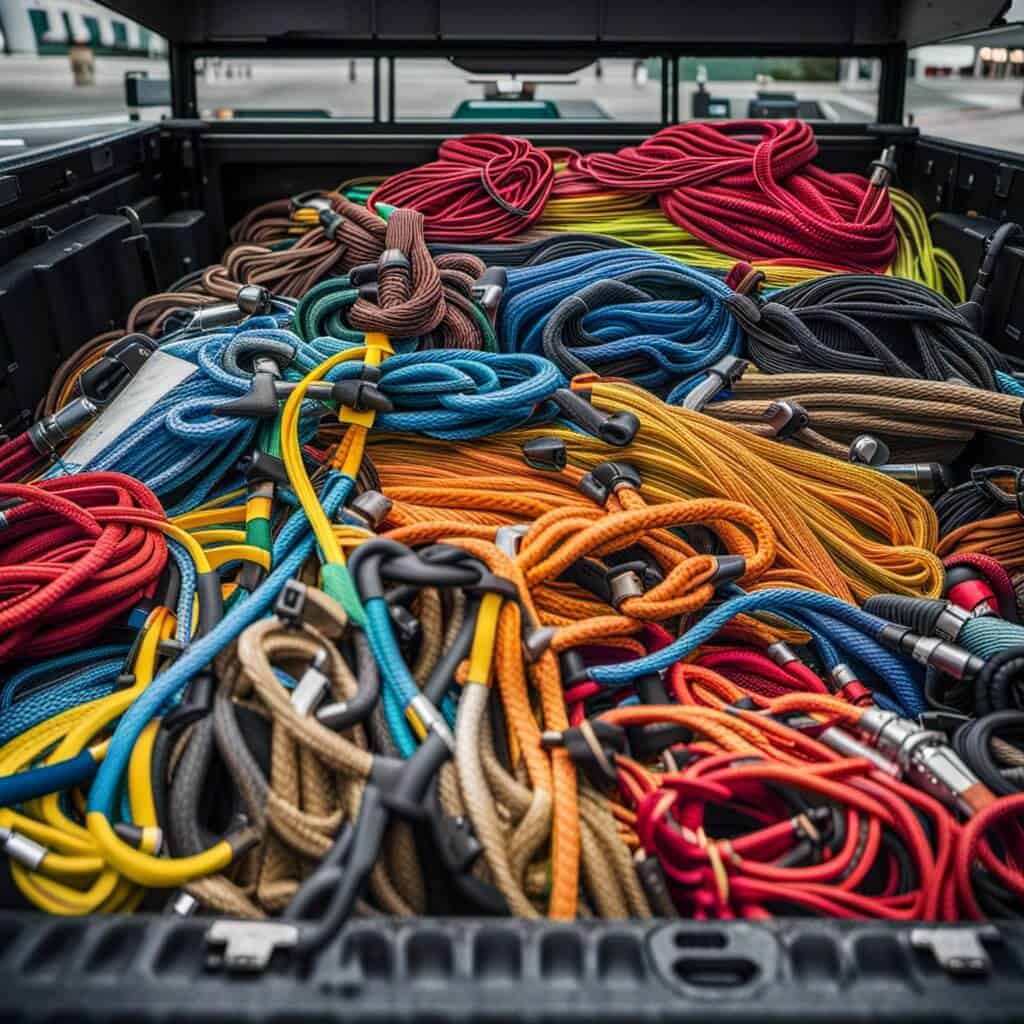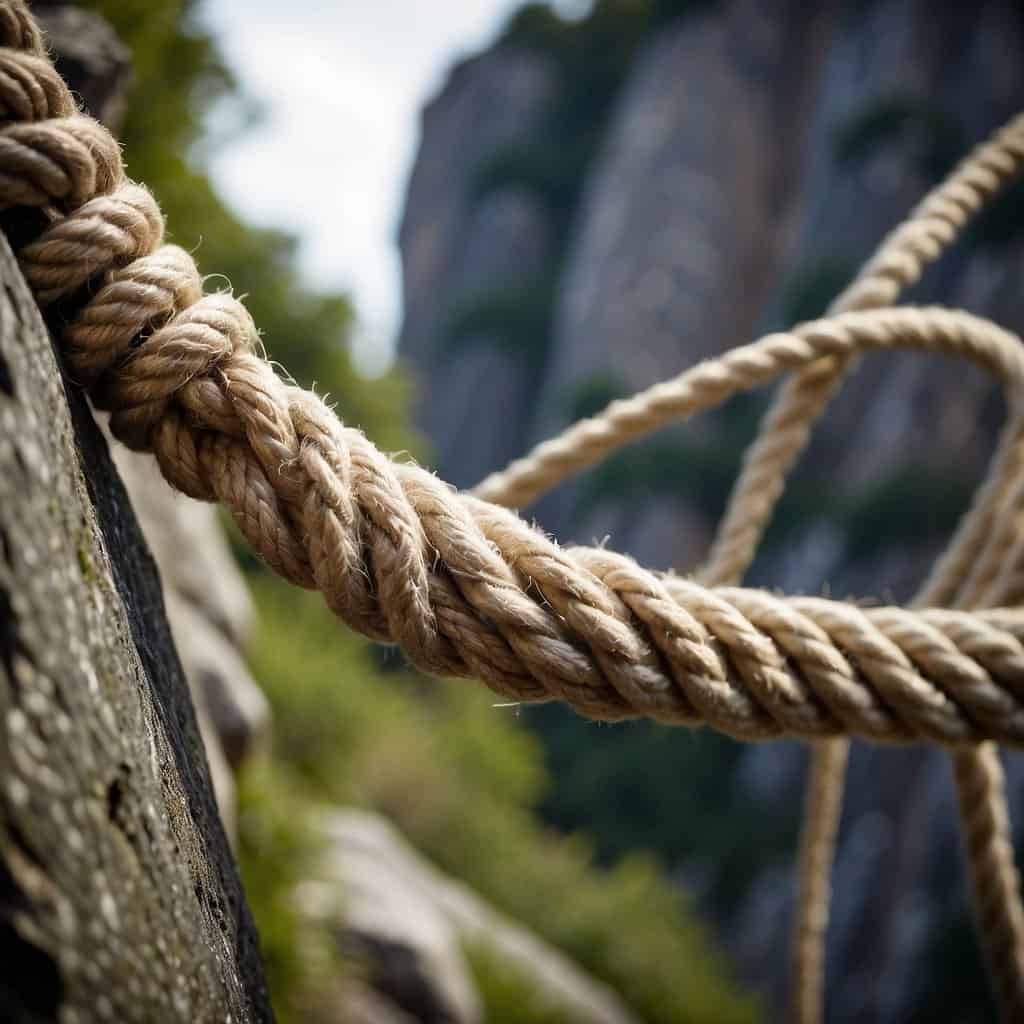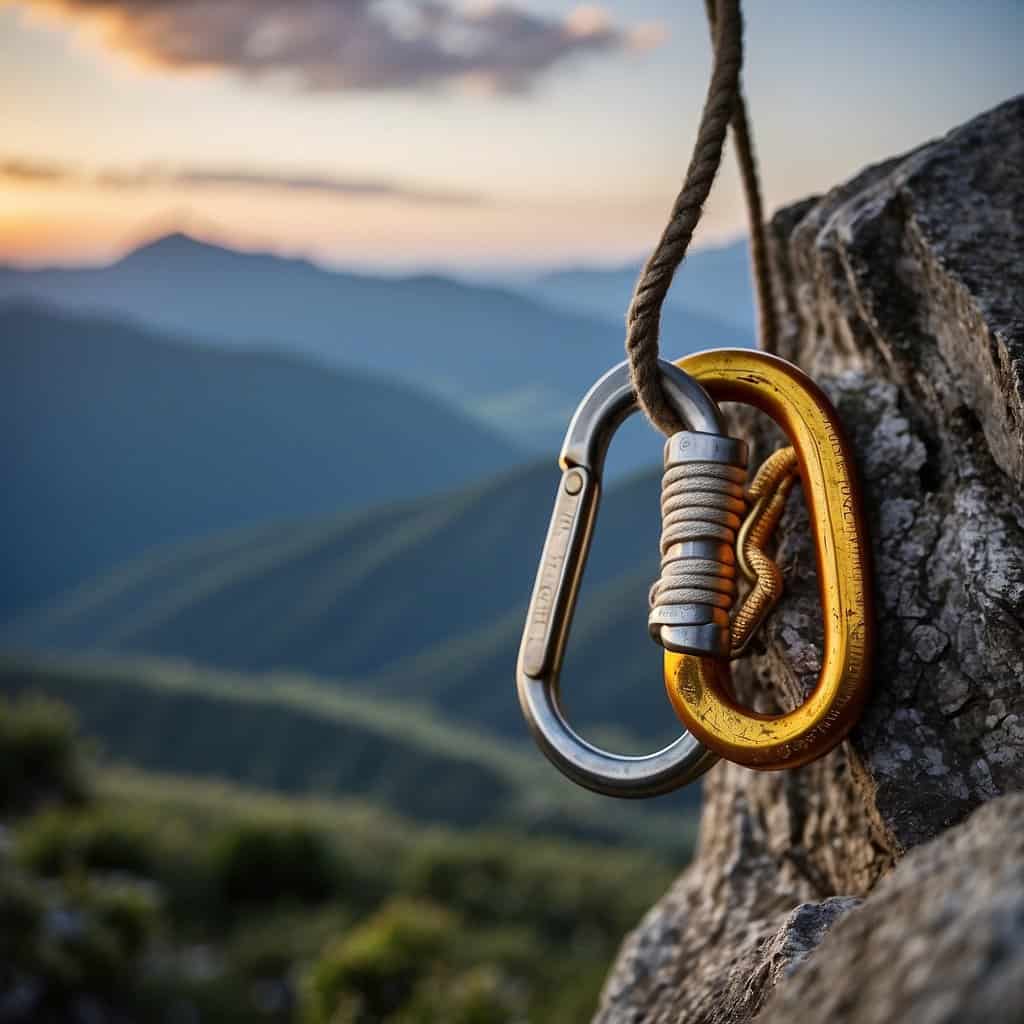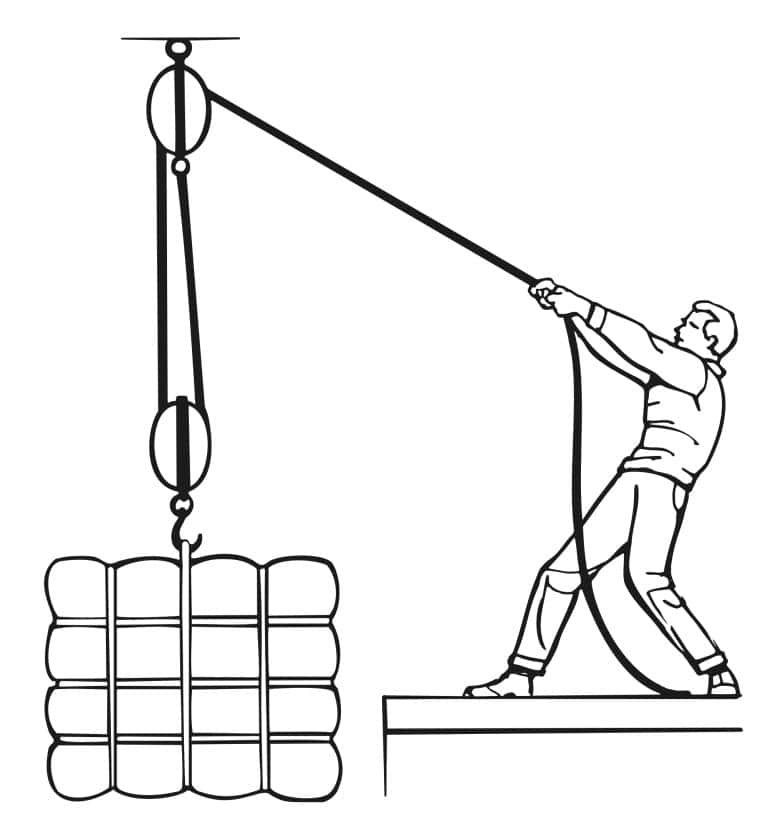Shock cord, also known as bungee or elastic cord, is a versatile and helpful tool in various applications. The shock cord stretches and absorbs shock, making it ideal when flexibility and durability are essential.
Table of Contents
History Of Shock Cord
The original shock cords were made of natural rubber, replaced by synthetic rubber in the mid-20th century. Today, shock cords are made from various materials, including rubber, polyester, and nylon.
The first recorded use of shock cords was during World War I to secure equipment and supplies to airplanes. The cords during this era were made from natural rubber, the only available material at the time. Shock cords became more widespread after the war in various applications, including being used as tie-downs for trucks and trailers.
In the 1930s, the first synthetic rubber was developed, quickly replacing natural rubber in producing shock cords. Compared to natural rubber, synthetic rubber is more cost effective and long lasting, which is ideal for shock cords.
During World War II, the military used shock cords to secure equipment and supplies to vehicles, aircraft, and ships. The use of shock cords continued to grow, and they became famous among outdoor enthusiasts, including campers, hikers, and boaters.
In the 1960s, polyester and nylon fibres were introduced, and they quickly became popular materials for shock cords. Polyester and nylon fibres are stronger and more durable than rubber, making them ideal for heavy duty applications.
Today, shock cords are used in many applications, including tie-downs for cargo, shock absorbers for athletic equipment, safety straps for industrial equipment, and outdoor activities such as hiking or camping. They are available in various sizes and strengths and can be customized to meet specific requirements.
Types of Shock Cords
When choosing a shock cord, consider the diameter, length, and strength of the cord. Thicker cords are generally stronger and more durable, and some shock cords are coated with UV-resistant materials to prevent damage from sun exposure.
The most common type of shock cord is made from rubber and features a braided outer layer. This type of shock cord is often used for securing gear to a backpack or creating a makeshift clothesline.
Another type of shock cord is made from nylon and features a more solid core. This shock cord type is used to create tent poles or other structures.
When it comes to shock cords, three main types are common:
A. straight cord with a double braided cover
B. an endless cord with a double braided cover.
C. is a straight cord with a single braided cover. Bungee hooks are generally found on this type and are the most common bungee cord end fittings.
There are many choices on Amazon to purchase shock cord whether you are looking for a marine grade cord, a stronger multiple strand shock cord, or a super abrasion resistant cord.
Bungee Cord Thickness And Strength
Bungee cord is available in various thicknesses or gauges, which can affect its strength and stretchiness. Thicker bungee cords are generally stronger and less stretchy, while thinner cords are more stretchy but have less strength.
The strength of the shock cord is determined by the thickness of the fibres, the number of fibres used, and the quality of the weaving or braiding. Shock cord is rated by its maximum stretch, ranging from 50% to 200%. Our guide Bungee Cord Rope has a bungee cord natural rubber core, tensile strengthe chart for you to see the possible stretch limits.
Natural rubber is a popular choice for shock cord because of its superior elasticity and durability. However, synthetic rubber and latex can also be used and offer advantages such as UV rays or chemical resistance.
When selecting a shock cord for a particular application, it is vital to consider the strength requirements and the type of fibres used. Thicker fibres and a higher number of fibres will generally result in a stronger cord, and the quality of the weaving or braiding can impact the strength and durability of the cord.
Factors to consider when choosing a shock cord include:
- Length: Choose a shock cord that is the correct length for your needs.
- Stretch: Consider how much stretch you need in your shock cord; some cords stretch more than others.
- Colour: Choose a colour that is easy to see and matches your needs.
- Accessories: Consider what accessories you need for your shock cord, such as hooks or clips.
Shock Cord Accessories
In addition to the shock cord, various accessories can be helpful to enhance the shock cord. One popular accessory is a set of cord locks, which are used to adjust the tension of the shock cord and keep your gear secure when backpacking, for example.
Another helpful accessory is a set of shock cord hooks to attach the shock cord to various surfaces. These hooks are handy for creating makeshift shelters or securing gear for a backpack.
When choosing your shock cord accessories, look for high quality materials that can withstand the rigours of weather, are easy to use, and can be quickly adjusted in the field.
Shock cord accessories are readily available for purchase on Amazon.
Maintenance Of Shock Cords
To ensure that your shock cords remain in good condition and perform optimally, it is important to maintain them properly. Here are some tips for maintaining your shock cords:
- Inspect regularly: Check your shock cords frequently for signs of failure and wear and tear, such as fraying or stretching. If you notice any damage, be sure to replace the cord immediately.
- Clean carefully: If your shock cords get dirty, it’s best to clean them using a mild soap and water solution. Harsh chemicals or abrasives can damage the cord’s outer jacket and should be avoided.
- Store properly: When not in use, store your shock cords in a cool, dry place away from direct sunlight. Avoid storing them in a coiled or twisted position, as this can cause them to become permanently stretched or deformed.
- Replace as needed: Over time, shock cords will lose their elasticity and become less effective. If you notice that your cords no longer provide the necessary tension, it may be time to replace them.
Shock Cord Uses
In addition to its recreational uses, shock cord is used in industrial and commercial settings to secure cargo and packages during transport, create tension in banners and signs, and even support medical devices such as orthotics and prosthetics. With its versatility and durability, the shock cord is a valuable tool in many applications.
Using the bungee cord is common for securing items during transport, such as luggage on a roof rack, a tarp over a truck bed, or hanging fixtures or equipment.
The cord’s elasticity makes it easy to adjust the height of the fixture, and the woven sheath provides a secure grip on the hardware, making it a popular choice for temporary installations or for situations where the height of the fixture needs to be adjusted frequently.
Another use of shock cords is for creating tension in fabric or other materials. Attaching the cord to the edges of the material and stretching it taut makes it possible to create a flat surface that can be used for projection or other lighting effects. This technique is used in theatrical productions or other events where lighting is a key element.
Shock cords can also be used to create custom lighting fixtures or modify existing ones. By attaching the cord to a frame or structure and wrapping it around a light source, it is possible to create a diffused or filtered effect to enhance the overall aesthetic of the lighting design.
Final Thoughts
Shock cords are a versatile, lightweight, and dependable tool with many uses. Whether using it to secure gear, tie down a tarp, or hang a light, shock cord is essential for any outdoor or DIY enthusiast.







